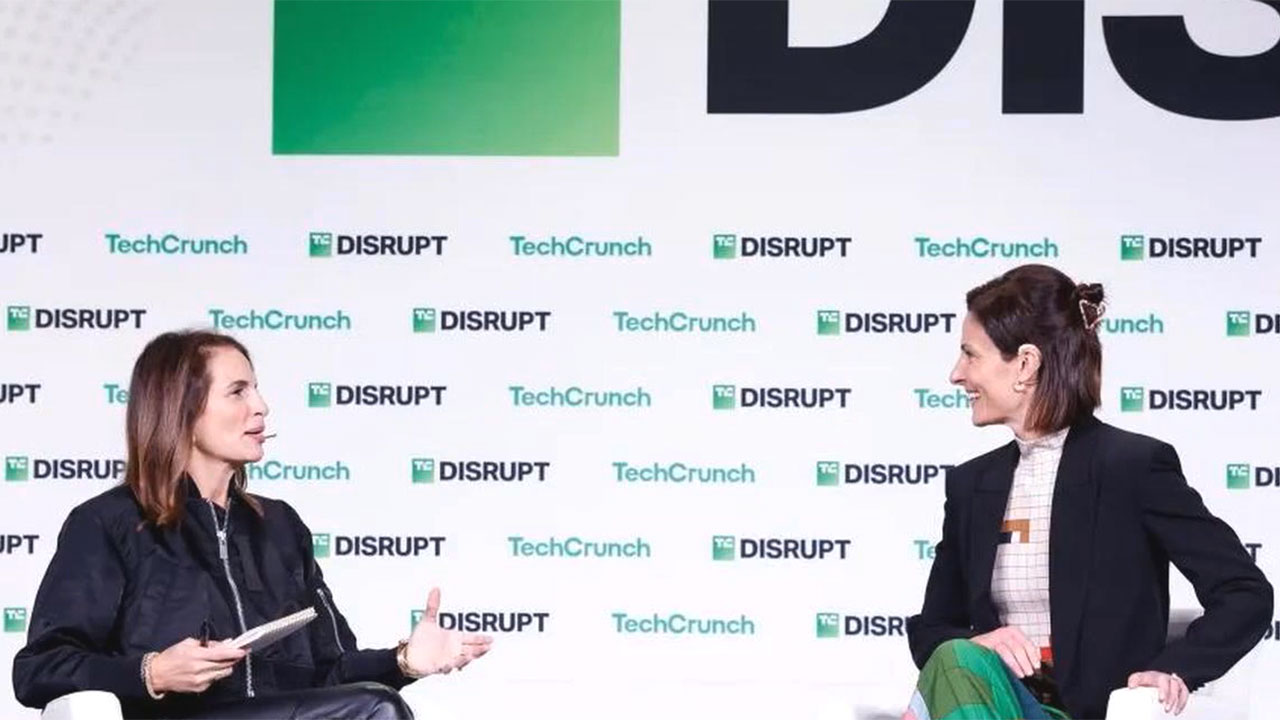
Netflix’s Chief Technology Officer, Elizabeth Stone, announced on October 28, 2025, that the streaming giant is planning to conduct more experiments with vertical video formats to enhance user engagement. However, Stone emphasized that these initiatives are not intended as a direct competition against short-form video platforms like TikTok. This development signals Netflix’s ongoing evolution in content delivery without shifting focus from its core long-form entertainment model.
Netflix’s Exploration of Vertical Video
Netflix has already begun testing vertical video formats, creating mobile-optimized shorts derived from existing shows. This move is part of a broader adaptation to user viewing habits, particularly the increasing consumption of content on mobile devices. These experiments aim to integrate seamlessly with Netflix’s primary horizontal streaming experience, preserving the platform’s emphasis on full-length content.
Elizabeth Stone, Netflix’s CTO, has a vision for expanding such features without altering the service’s fundamental identity. She believes that vertical video can coexist with traditional formats, enhancing the user experience without detracting from the immersive storytelling that Netflix is known for. According to TechCrunch, Stone sees vertical video as a complementary feature, not a replacement for Netflix’s core offerings.
CTO’s Perspective on Upcoming Experiments
Stone is optimistic about the potential of vertical video on Netflix. She plans to increase the number of trials, building on early successes to test new engagement metrics. These experiments are imminent steps in Netflix’s technical roadmap, indicating the company’s commitment to innovation and user-centric design.
The rationale for more trials is rooted in data-driven improvements to personalization and retention for mobile users. Stone believes that vertical video can provide a more engaging and convenient viewing experience for users on the go, potentially increasing the time they spend on the platform. As reported by TechCrunch, these experiments are part of Netflix’s broader strategy to adapt to changing viewer habits and preferences.
Differentiating from Short-Form Competitors
Despite the move towards vertical video, Netflix is not positioning itself as a competitor to platforms like TikTok. Stone made it clear that Netflix’s role is as a premium entertainment provider, not a social media platform. Vertical video on Netflix serves as supplementary content rather than a standalone feed, avoiding the algorithmic, user-generated model of rivals.
Netflix’s commitment to narrative-driven viewing over bite-sized virality was underscored in Stone’s October 28, 2025, statement. As she explained to TechCrunch, Netflix’s focus remains on delivering high-quality, long-form content, with vertical video serving as an additional feature to enhance the user experience.
Technical Innovations Driving the Shift
Netflix is considering several backend enhancements for vertical formats, including adaptive streaming tech tailored for portrait-mode devices. This technology would optimize video quality and loading times for vertical content, providing a smoother and more enjoyable viewing experience.
Stone also hinted at potential AI integrations for curating vertical clips from longer episodes. This could allow Netflix to automatically generate engaging, bite-sized content from its vast library of shows and movies. As reported by TechCrunch, these innovations align with Netflix’s commitment to accessibility and seamless user experience, as announced on October 28, 2025.
Implications for Netflix’s User Base
Expanded vertical experiments could appeal to younger demographics accustomed to mobile-first consumption. Stone believes that vertical video could attract and retain these users, who are increasingly consuming content on their smartphones. Vertical teasers might drive traffic to full series, serving as a powerful tool for content discovery and engagement.
However, there are potential challenges to consider. Balancing format diversity while maintaining Netflix’s subscription model integrity could be a complex task. As Netflix ventures into new formats, it must ensure that these innovations align with its brand identity and value proposition. As reported by TechCrunch, Stone is confident that Netflix can navigate these challenges and continue to deliver a superior viewing experience to its users.
Broader Industry Context
Netflix’s approach to vertical video is unique in the industry. While other platforms are focusing on short-form, user-generated content, Netflix is leveraging vertical video to enhance its long-form entertainment offerings. This strategy could influence other long-form platforms exploring hybrid formats for competitive edge.
Stone’s October 28, 2025, assurance that such moves reinforce streaming leadership rather than pivoting to social media provides a clear indication of Netflix’s strategic direction. As she explained to TechCrunch, Netflix’s focus remains on delivering high-quality, immersive content, with technical innovations serving to enhance, not replace, its core offerings.
More from MorningOverview